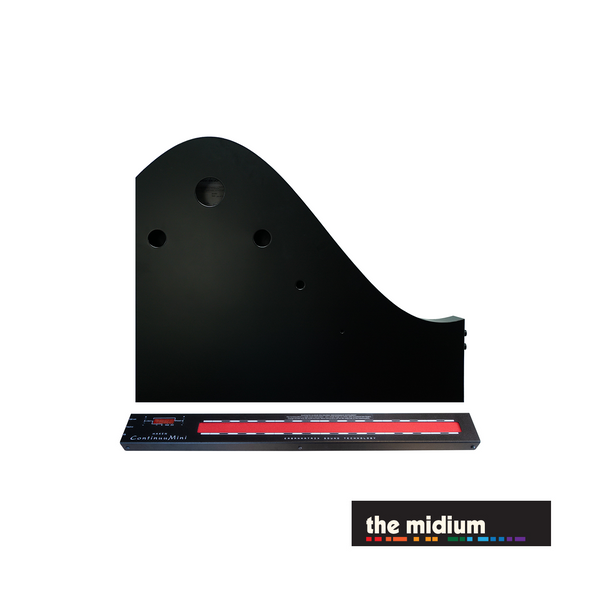
AVANT-GARDE
The first electronic musical instruments appeared in the early 20th century, with instruments like the Theremin by Leo Theremin and the Trautonium by Friedrich Trautwein inspiring artists and audiences through their non-traditional sounds and interfaces. While the Theremin invited musicians to manipulate invisible waves without touching the instrument itself to generate its eerie sounds, the Trautonium's interface involved a wire and a ring through which the artist would manipulate pitch and volume. Since then––and through the 21st century––much music has been played using avant-garde instruments like those appearing in our collection of today's most non-traditional electronic instruments.
Read more about our curated collection...
In our AVANT-GARDE collection, you will find a combination of non-traditional instruments rooted in electronic music's history of experimentation and innovation.
Inventions by La Voix du Luthier turn signals made by synths, drum machines, samplers, microphones, and other electronic instruments and media into organic sounds emanating from artfully made wooden resonant chambers. Next, Haken Audio presents ContinuuMini: a compact touch-sensitive playing surface powered by their deeply modular and immersive sound engine called EaganMatrix.
Roger Linn Design's LinnStrument gives musicians more control over electronic musical instruments by operating in five dimensions, with the aim of maximizing the playability and expressive potential in synthesizers and other electronic musical instruments. With their own unconventional control surfaces, Expressive E's instruments and controllers modulate various parameters in hardware and software synthesizers simultaneously. Both designers' creations exist to take the artist's creative process beyond the realm of on-off switches, keys, sliders, and knobs.
Critter & Guitari's synthesizers live in open-ended and fully programmable environments that are controlled through their signature minimalist interfaces. Their video synthesizers add a visual element that may both inspire and follow music of all types, while their audio synths implement different synthesis techniques, effects algorithms, and sampling capabilities. Throughout Future Retro's history, they have taken familiar synthesis and sequencing concepts and developed interfaces that make musicians think differently. The deeply programmable Vectra––which was Jered Flickinger's final complete design as the company's founder and owner––presents a capacitive keyboard and joysticks as the primary means by which musicians communicate with its various synthesis functions.
With avant-garde composition and sound at its core, SOMA Laboratory's instruments and effects units combine the essence of synthesizers, drum machines, modular synthesis, sound shaping, performance, and waveforms lost in nature to offer artists new methods of creation that would inspire sounds that would otherwise never exist.
While there are other electronic musical instruments, effects, and machines in our complete collection that could, arguably, be included here, we curated the inventions in this gallery to further focus on a specific subset of tools that may be used to create electronic music differently.
Please call 661.666.7293 during our regular hours of operation, or email us at info@themidium.com, if you have any questions. Thanks for navigating the digital halls of The Midium®. We look forward to hearing from you.

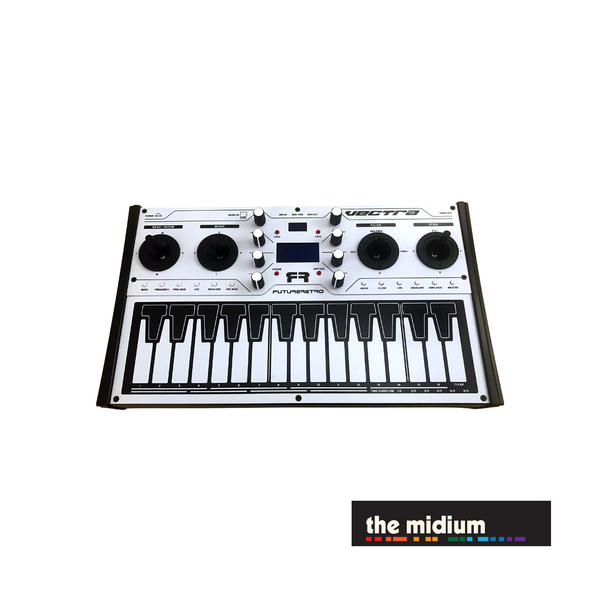
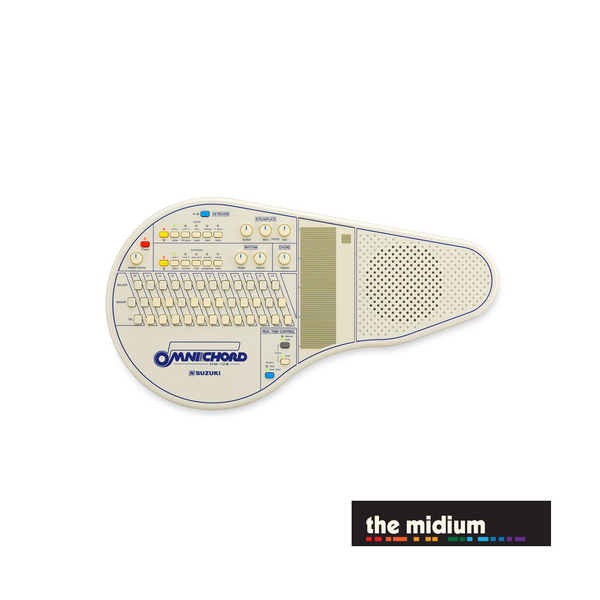
Suzuki Omnichord OM-108 electronic harp sensor chord player and MIDI controller (AVAILABLE SPRING/SUMMER 2024)
Please call for availability

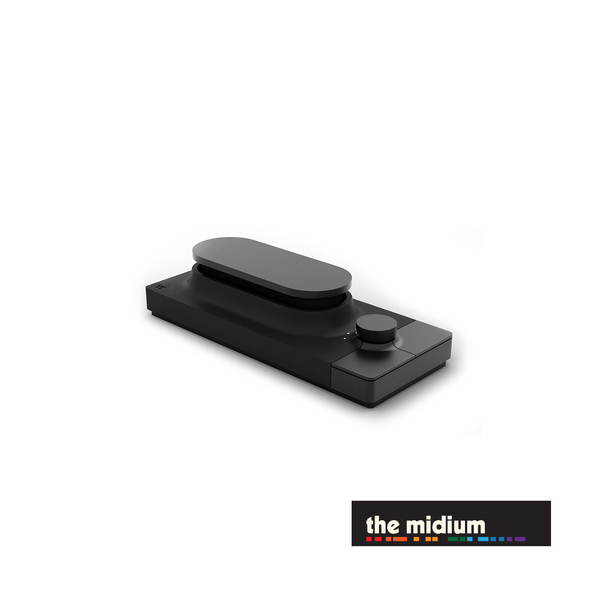
Expressive E Touché SE MIDI USB controller
Please call for availability

Expressive E Touché MIDI CV and USB controller
Please call for availability
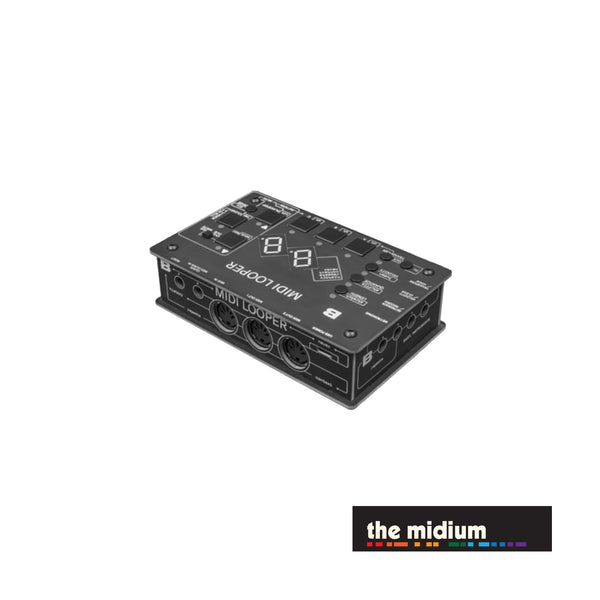
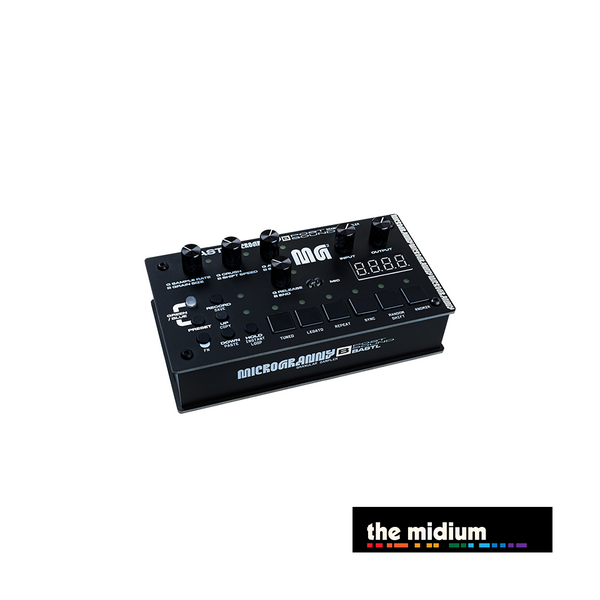
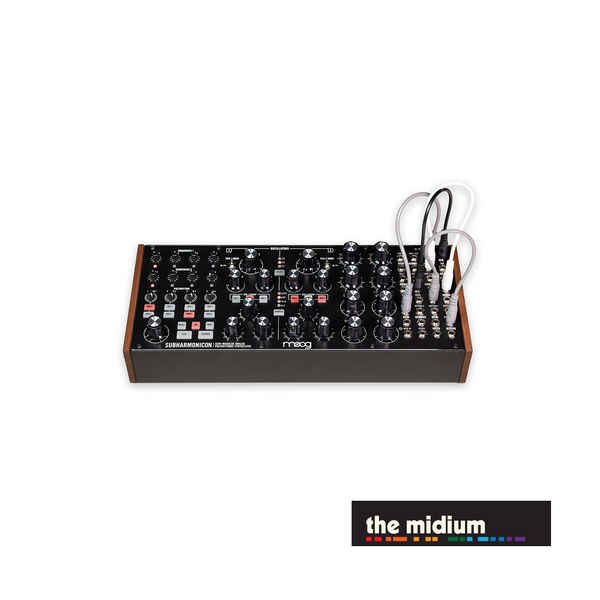
Moog Subharmonicon semi-modular polyrhythmic analog synthesizer
Please call for availability
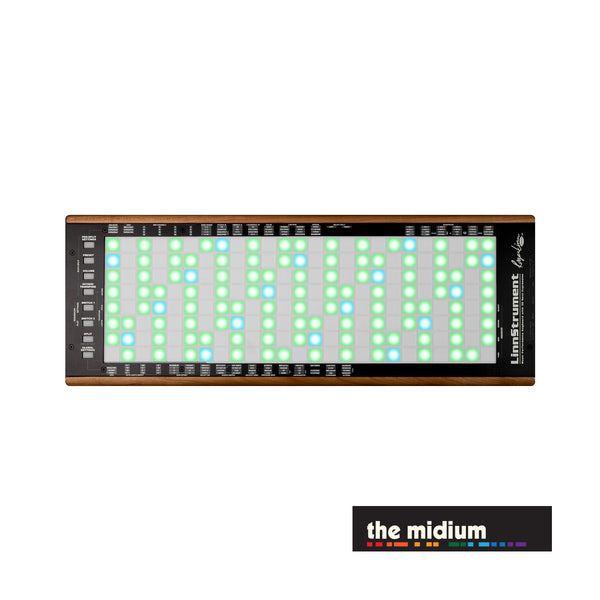
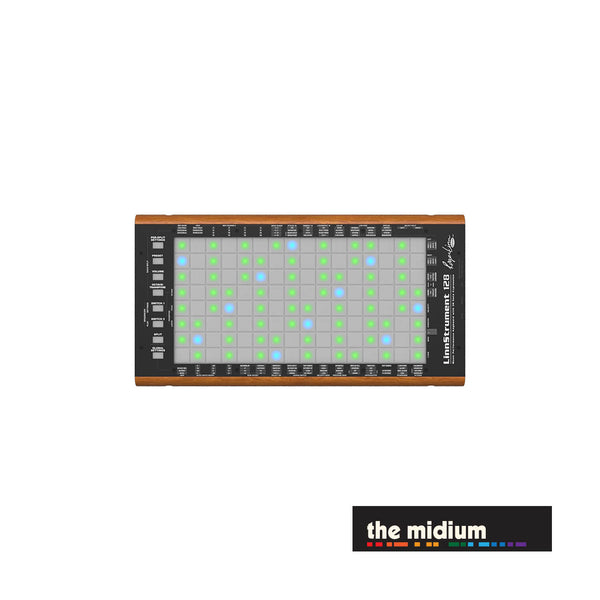
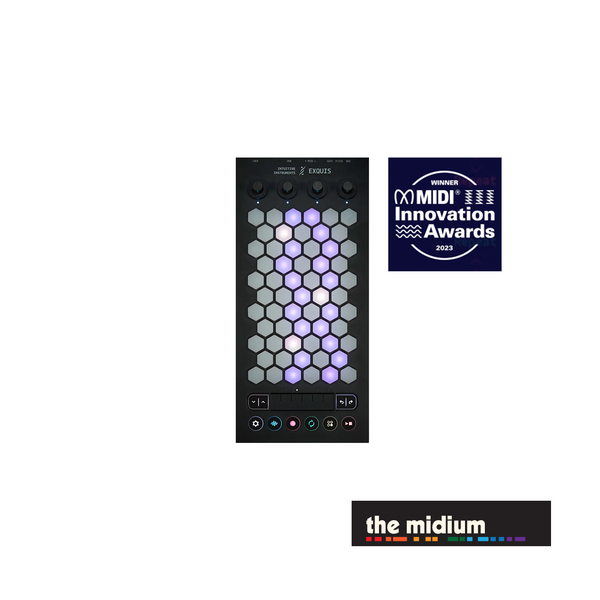
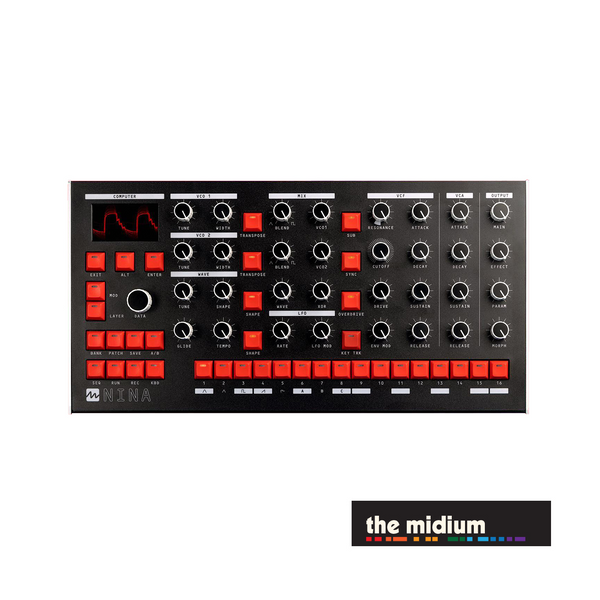
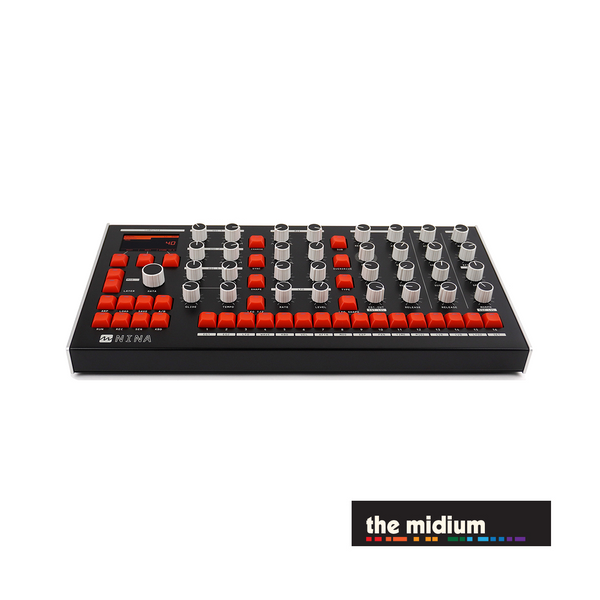
Melbourne Instruments NINA 12-voice analog polysynth with motorized controls
Please call for availability
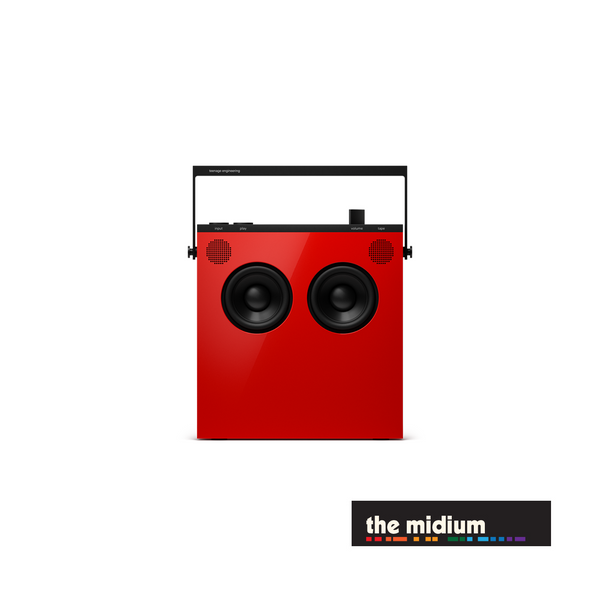
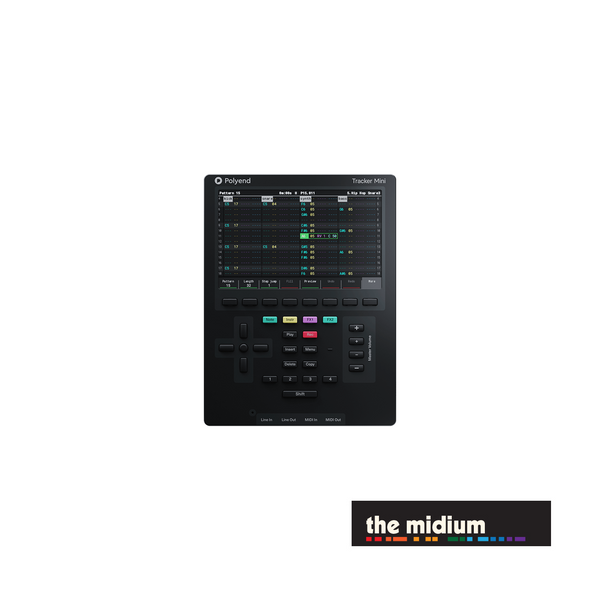
Polyend Tracker Mini portable standalone workstation and sampler
Please call for availability
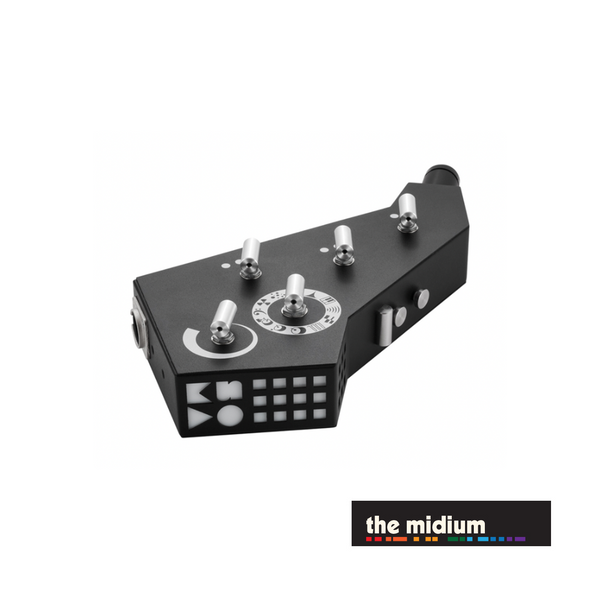
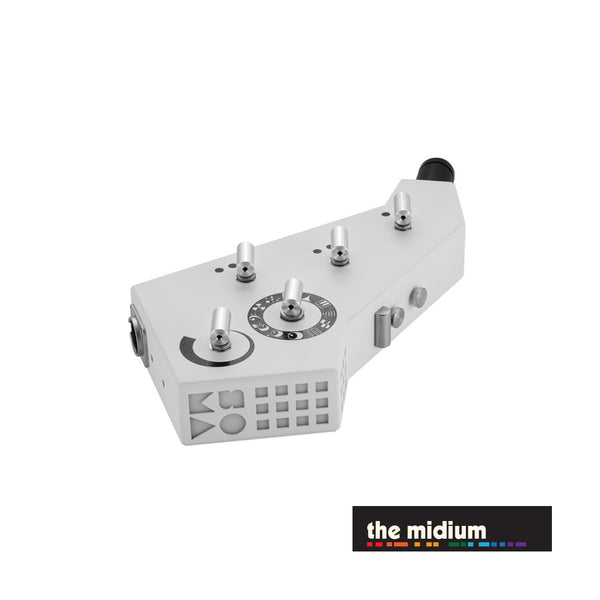
SOMA Laboratory The PIPE microphone / effects processor / synthesizer (White)
Please call for availability
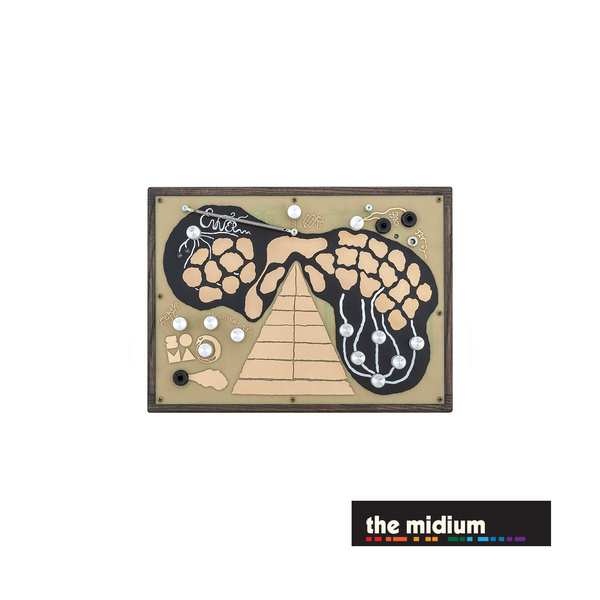
SOMA Laboratory ENNER touch analog synthesizer and effects processor
Please call for availability
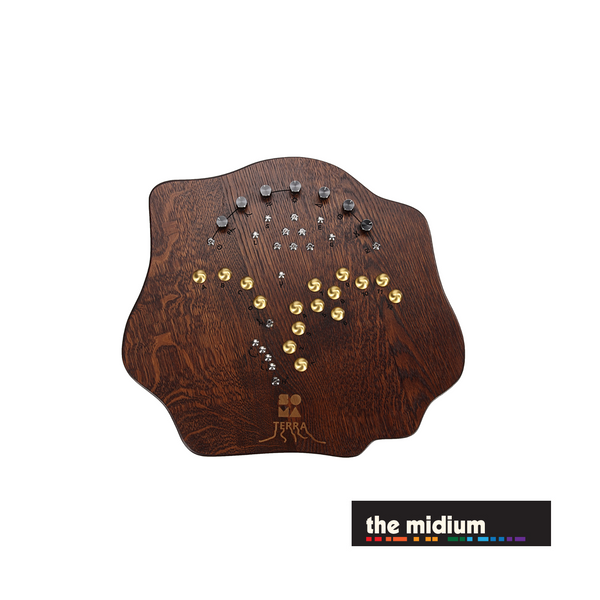
SOMA Laboratory TERRA complex polyphonic microtonal synthesizer
Please call for availability
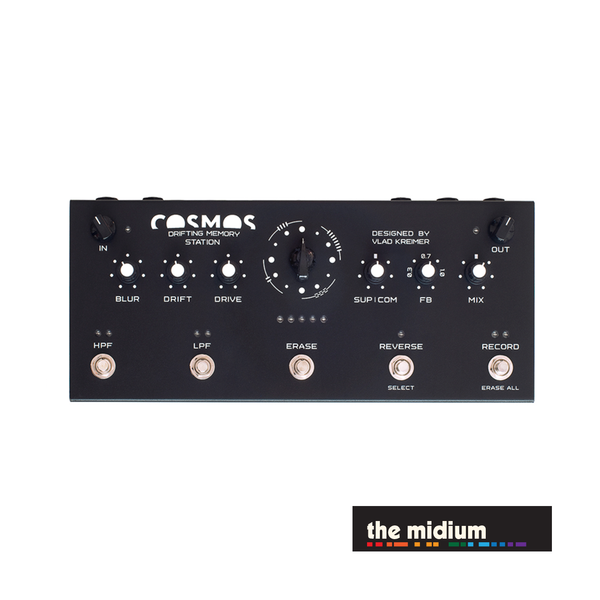
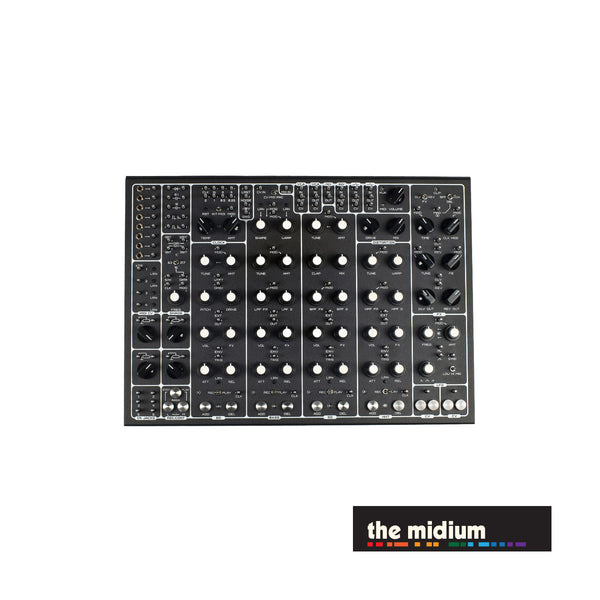
SOMA Laboratory PULSAR-23 organismic drum machine (Black)
Please call for availability
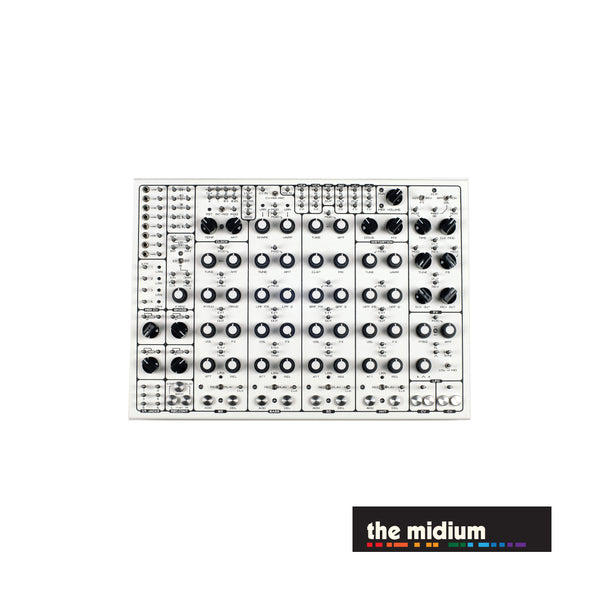
SOMA Laboratory PULSAR-23 organismic drum machine (White)
Please call for availability
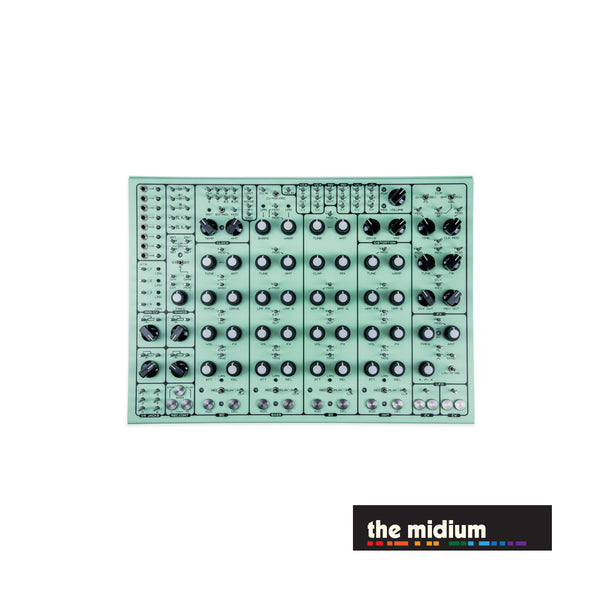
SOMA Laboratory PULSAR-23 organismic drum machine (Mint Green)
Please call for availability
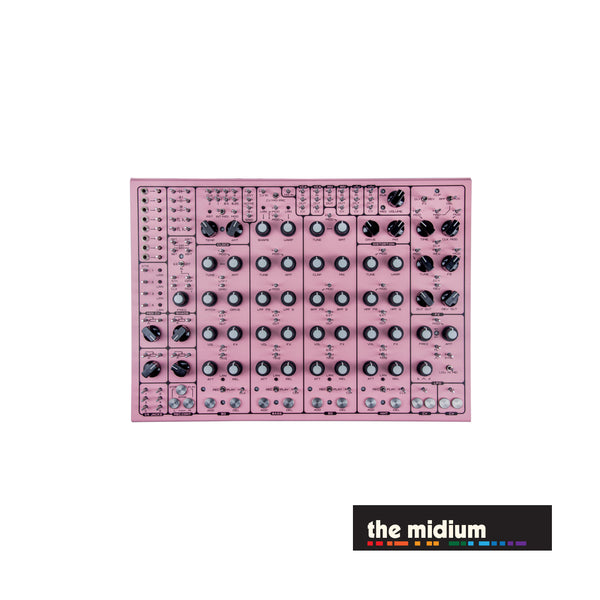
SOMA Laboratory PULSAR-23 organismic drum machine (Pink)
$1,899.00 $2,099.00
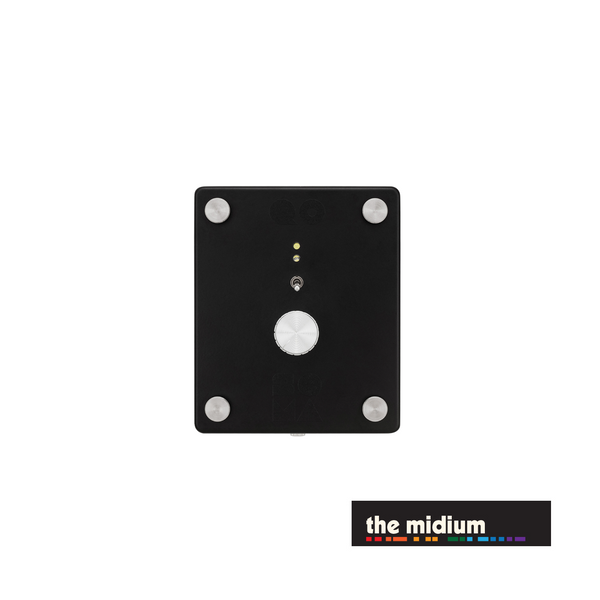
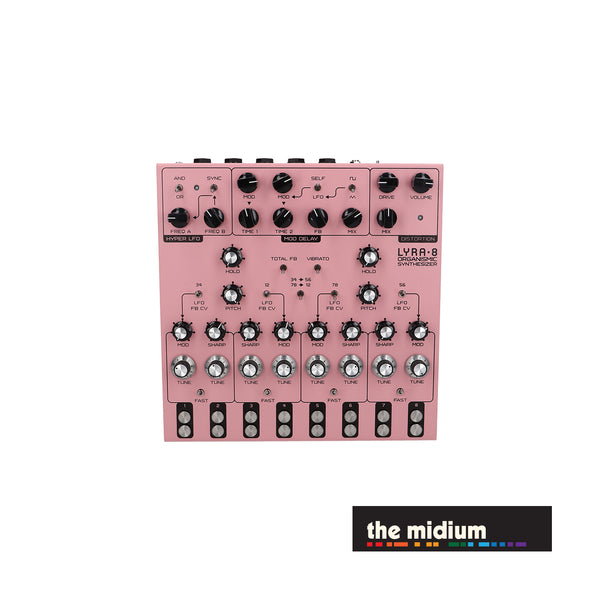
SOMA Laboratory LYRA-8 organismic synthesizer – Pink
Please call for availability
